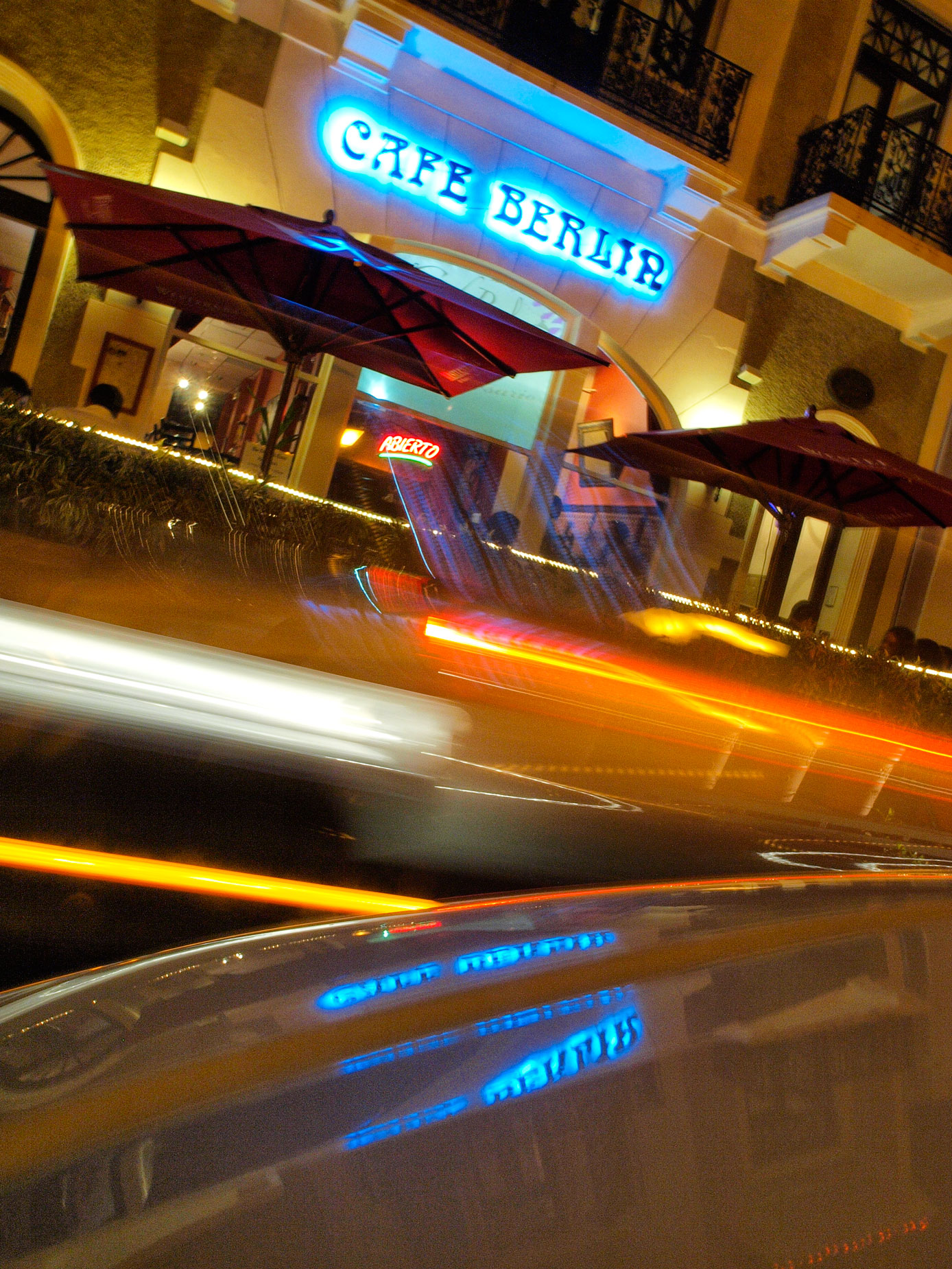Today’s Post by Joe Farace
Chiaroscuro, as Italian Renaissance painters called it, is the use of differing contrasts of light to achieve a sense of three dimensionality within a two dimensional frame.
 Light has four major characteristics including color, quality, quantity and direction. As photographers seeking to master the art of exposure, seeing light is the key to mastering the art of proper exposure. Notice I said art.
Light has four major characteristics including color, quality, quantity and direction. As photographers seeking to master the art of exposure, seeing light is the key to mastering the art of proper exposure. Notice I said art.
Learning to see light is not difficult but does take some practice. That practice should take the form of not only constantly making new images but also taking the time to analyze those photographs after you’ve created them.
Part of learning to see the light isn’t just looking at what you think the subject of your photograph might be. I think it’s really about the light itself but that’s a post for another time. Instead I suggest that you take the time to look at the shadows and highlights in the scene you’re about to photograph, keeping in mind that the difference between the two determines the it’s contrast.
How I made this shot: It was made in Old San Juan, Puerto Rico around midnight; the car’s hood in the foreground, I think, belongs to a Honda Accord. The camera used was an Olympus E-3 DSLR Four-thirds system (not Micro Four-thirds) with 12-60mm f/2.8-4.0 lens and a handheld exposure of 1.3 seconds at f/11 and ISO 800, thanks to the camera’s epic in-body stabilization.
The other part of making consistent and correct digital exposures is understanding the technology that is inherent in the process and the other part is learning how to see the light, a tired cliché that is nevertheless true whether you’re using the newest DSLR, mirrorless camera or a pinhole camera.
 If you enjoyed today’s blog post and would like to buy Joe a cup of Earl Grey tea ($3.50), click here.
If you enjoyed today’s blog post and would like to buy Joe a cup of Earl Grey tea ($3.50), click here.
Along with photographer Barry Staver, Joe is co-author of Better Available Light Digital Photography with new copies are available from Amazon for $21.50 and used copies starting around five bucks.